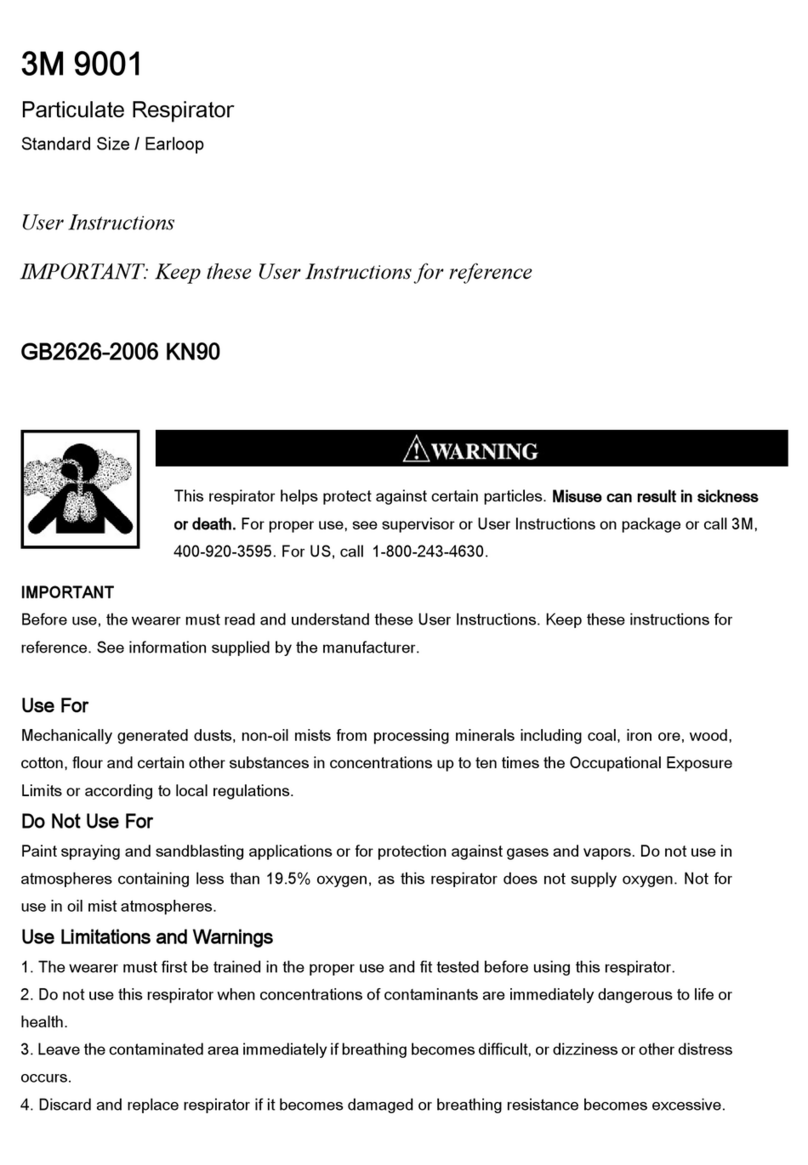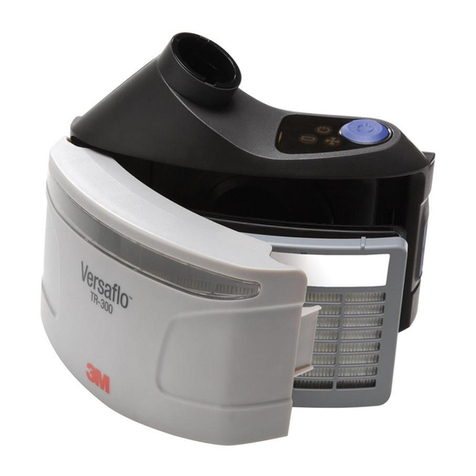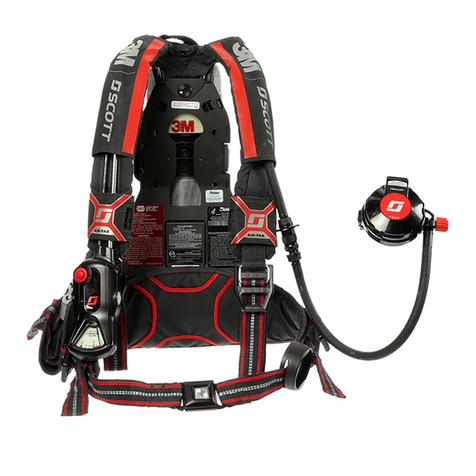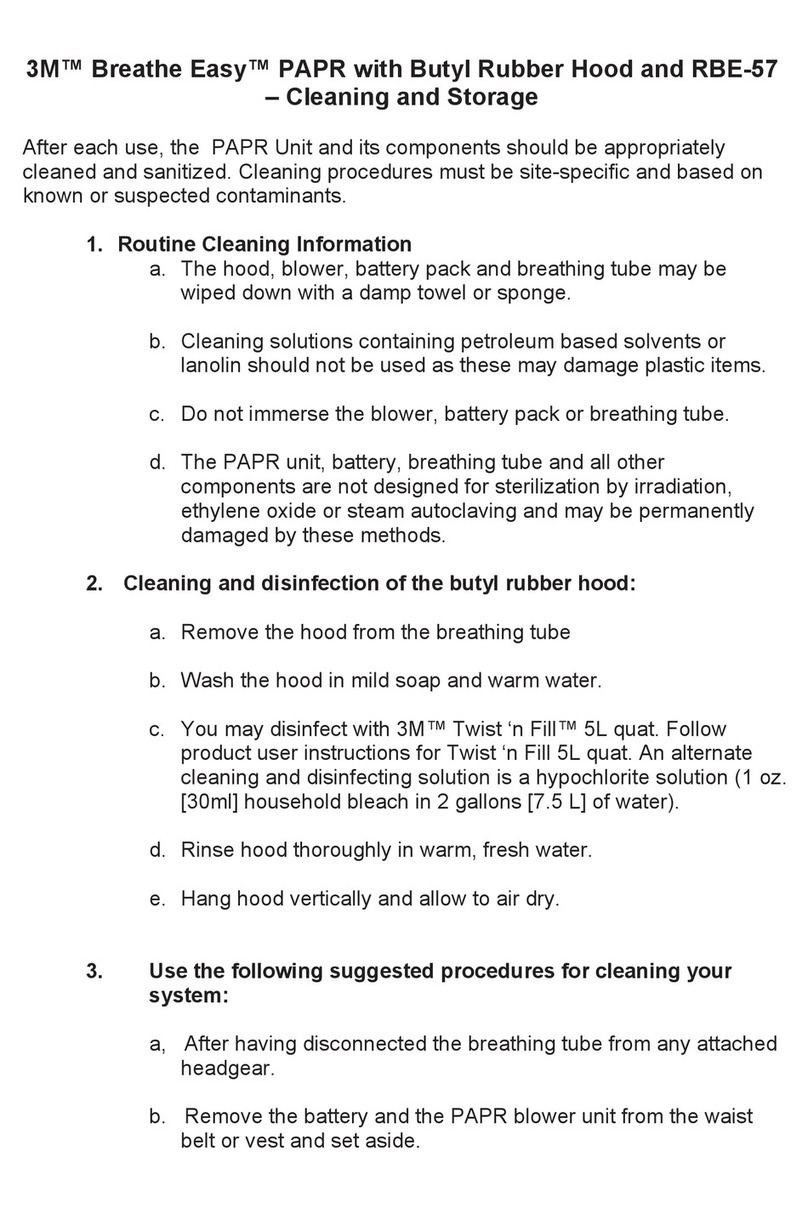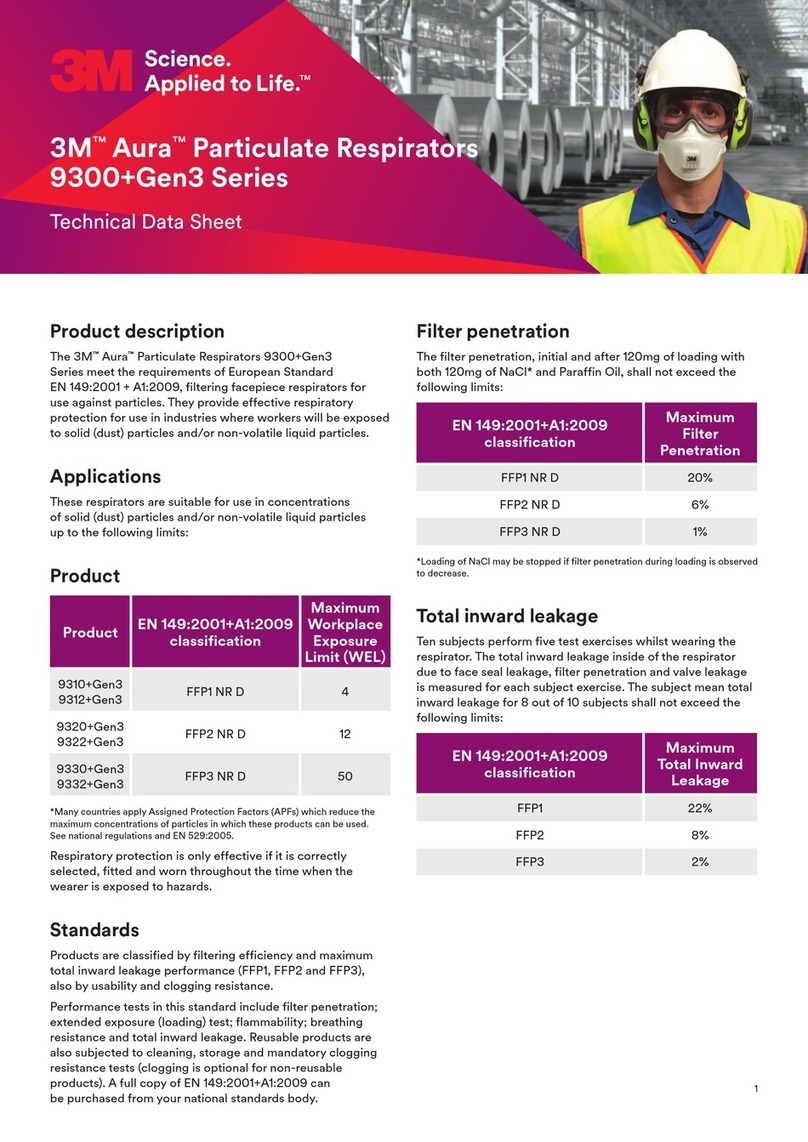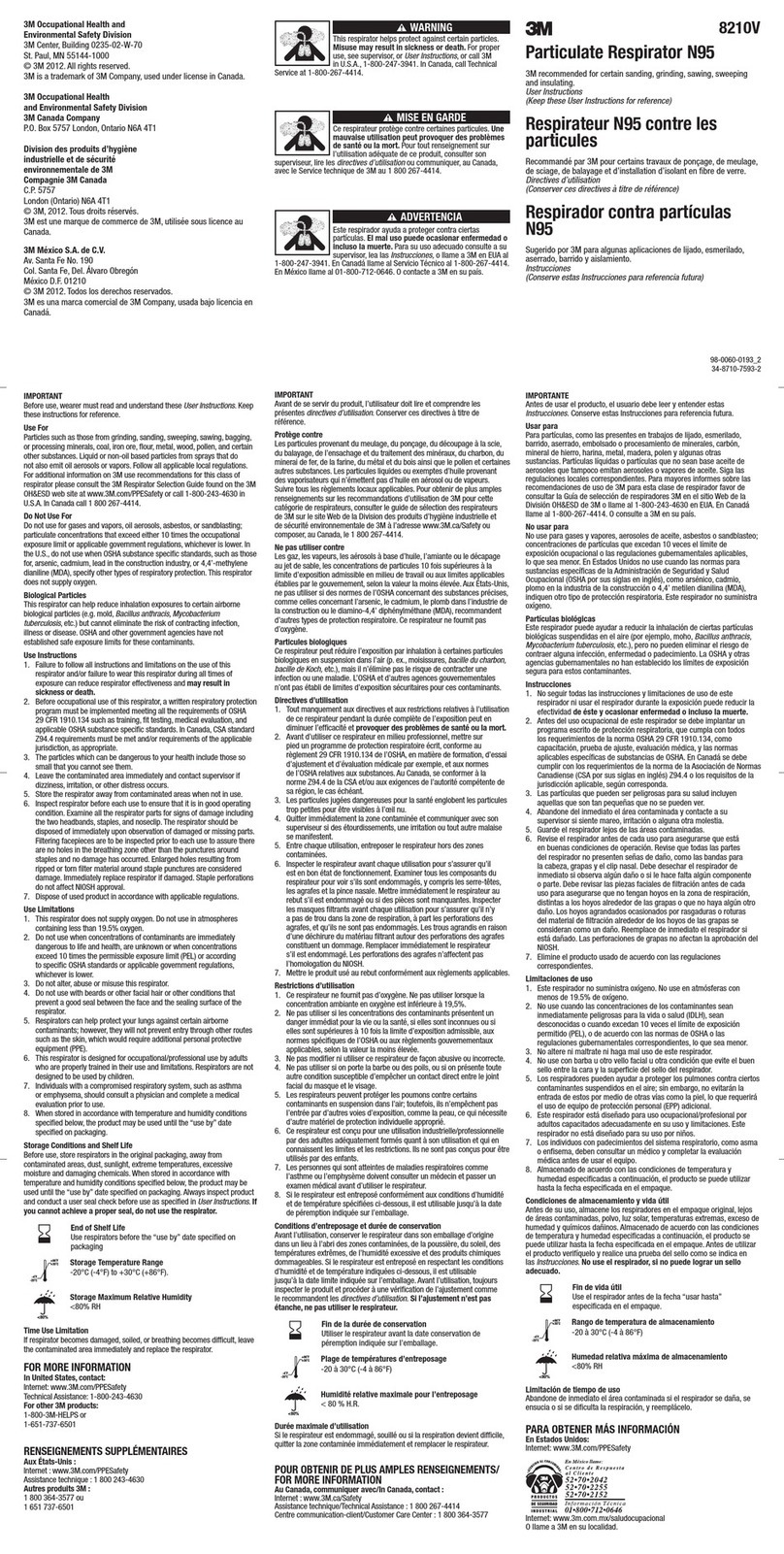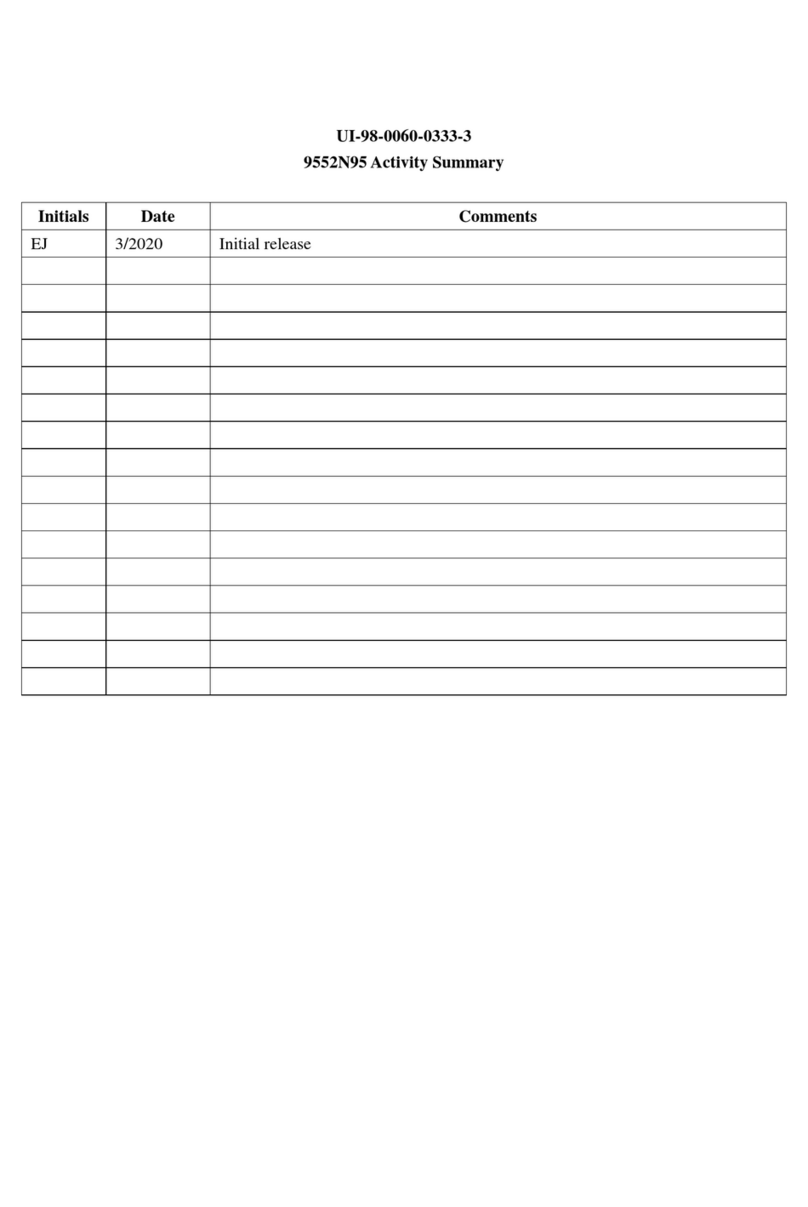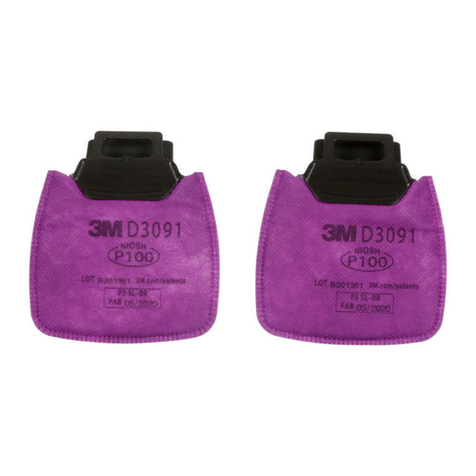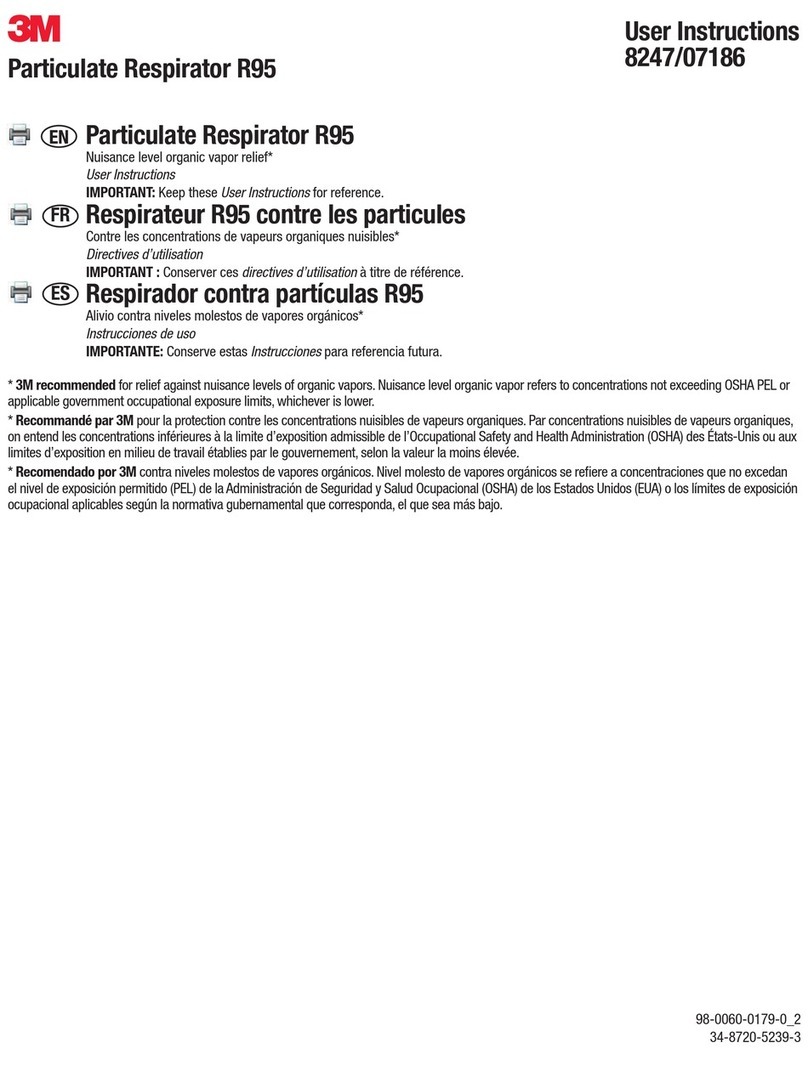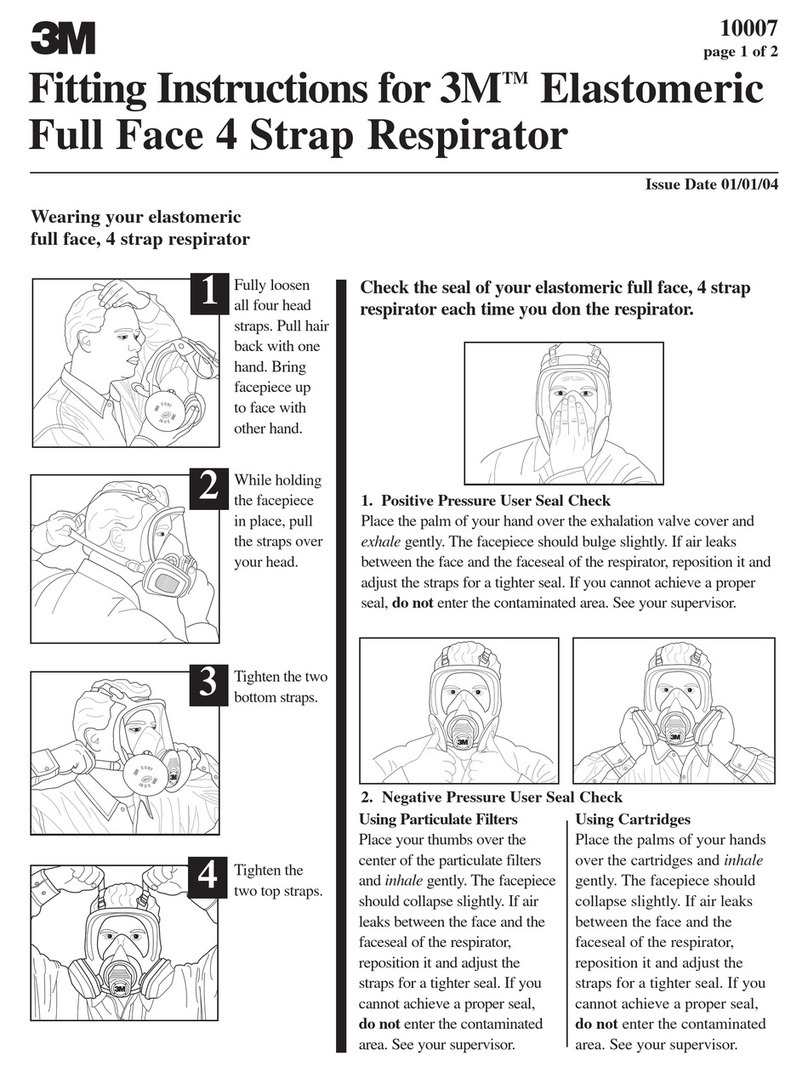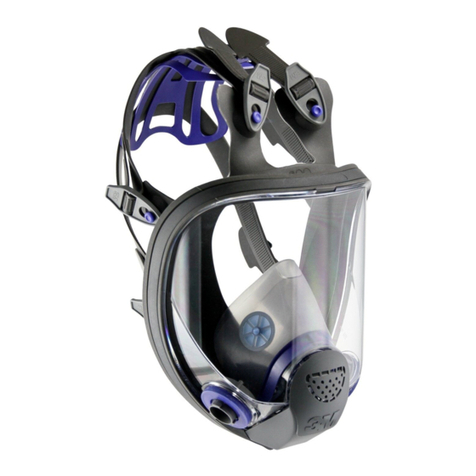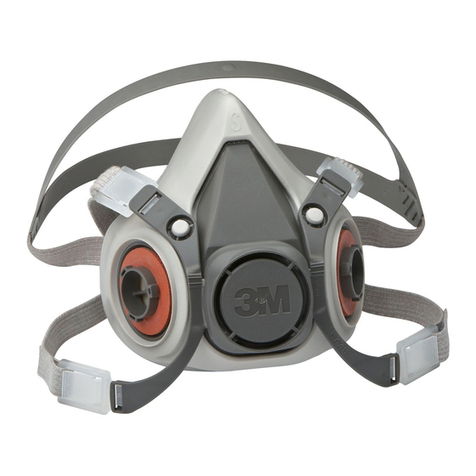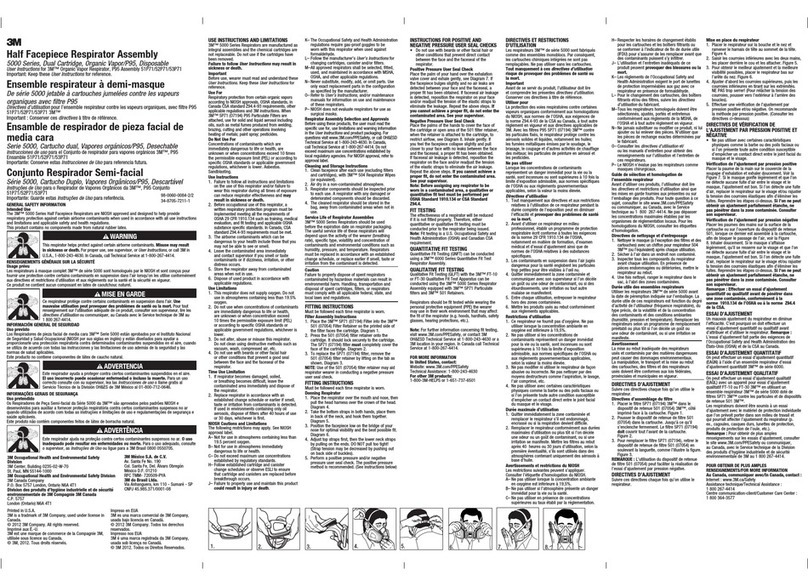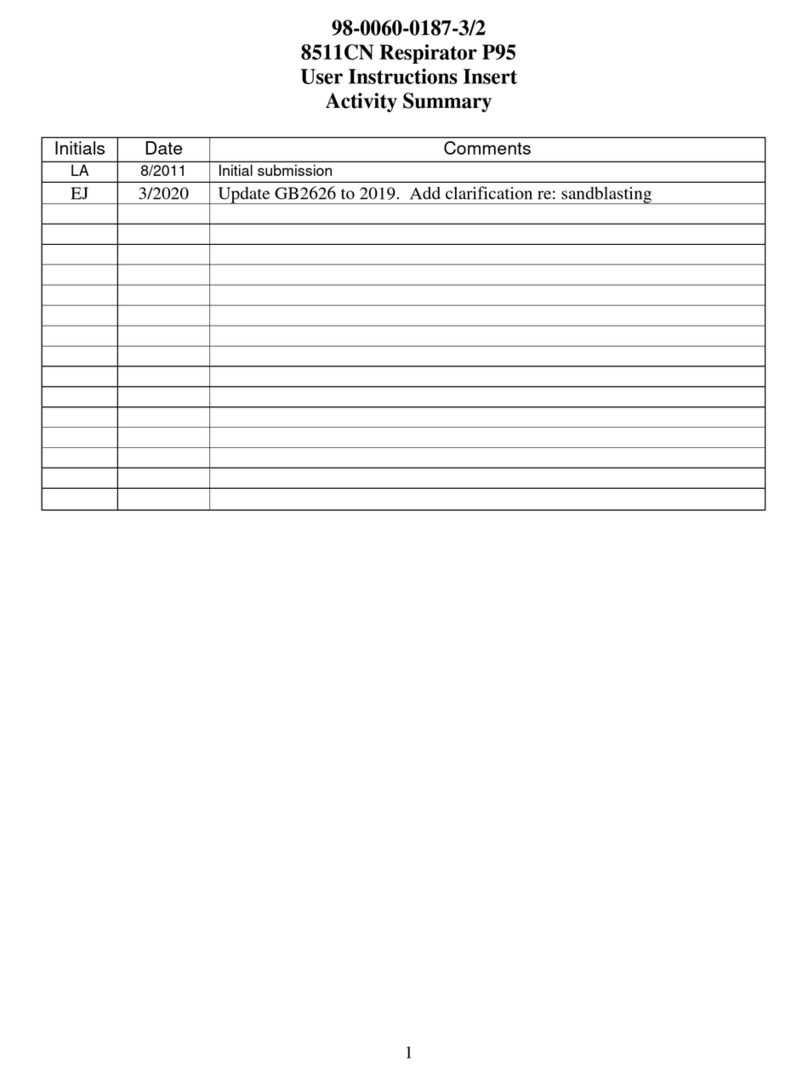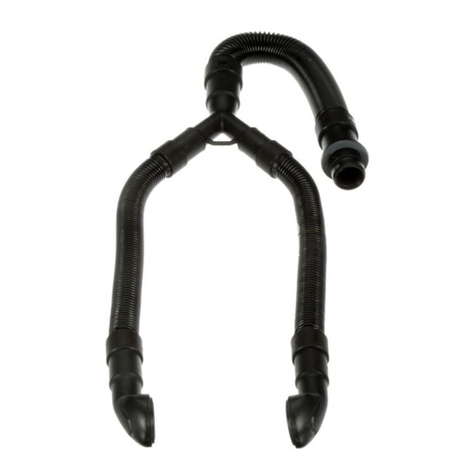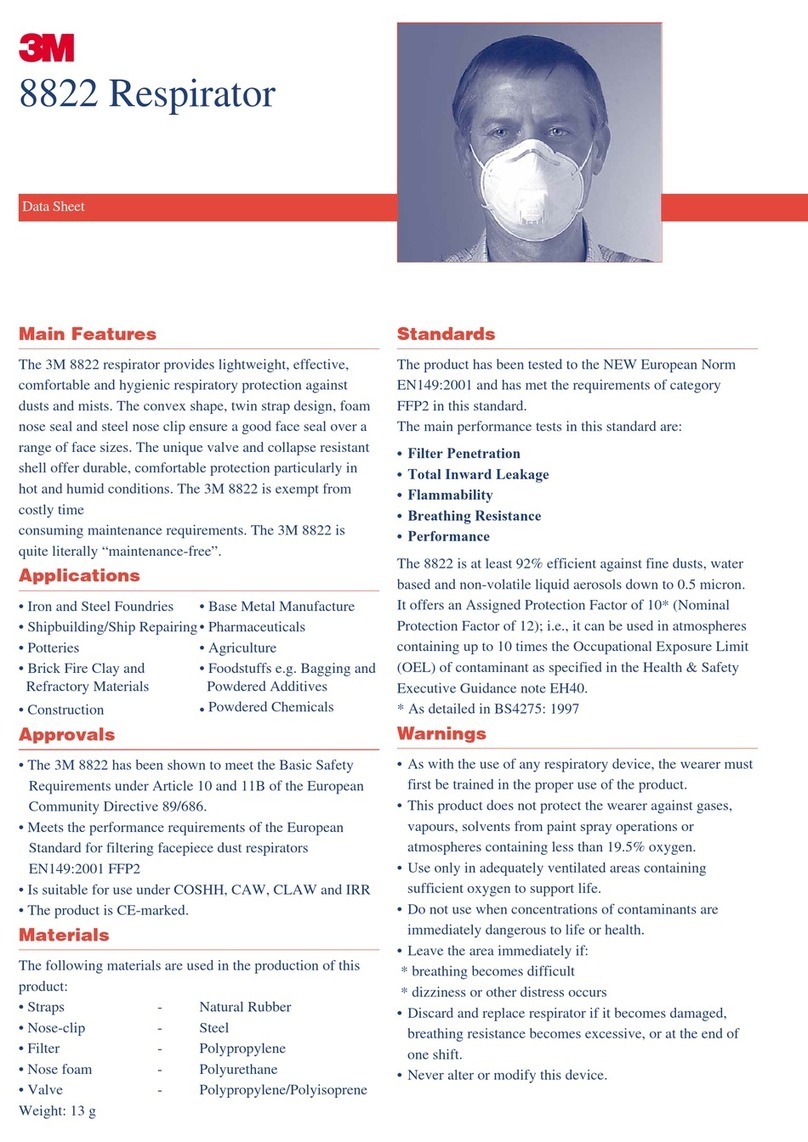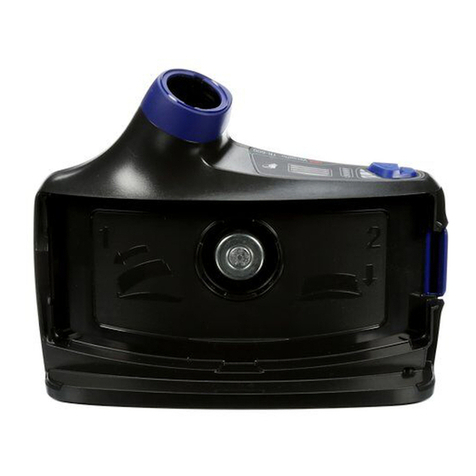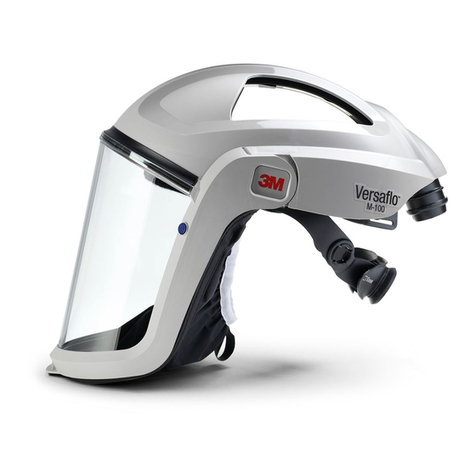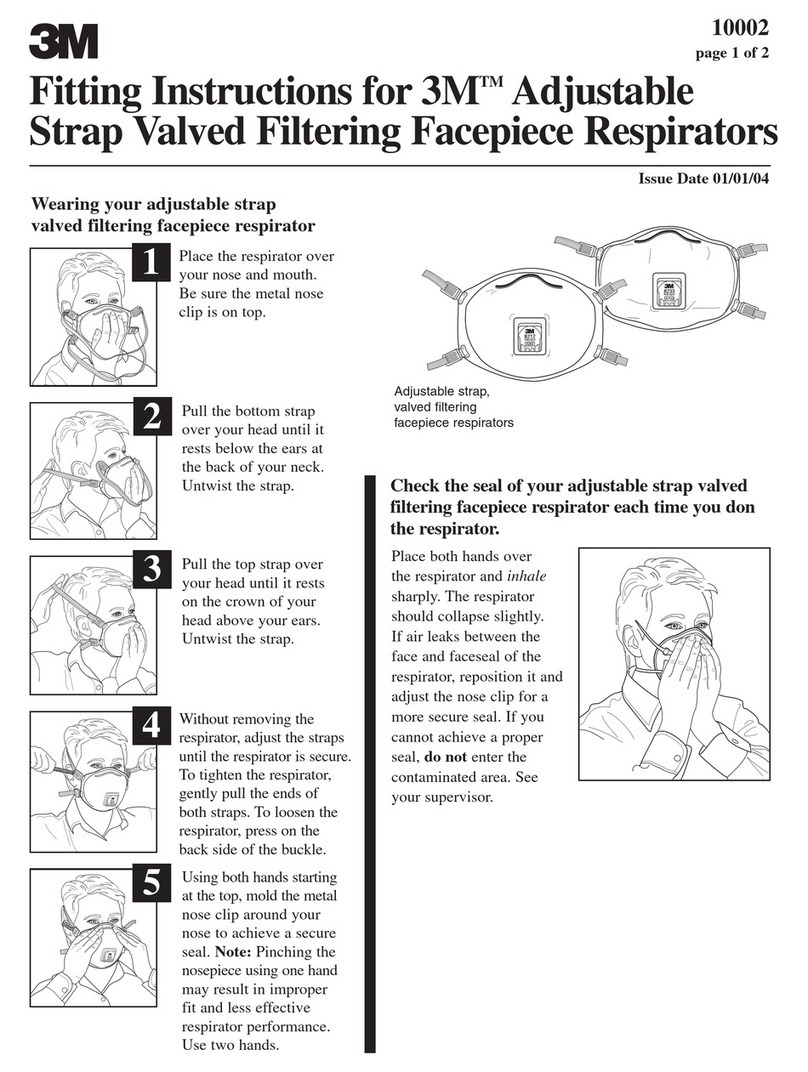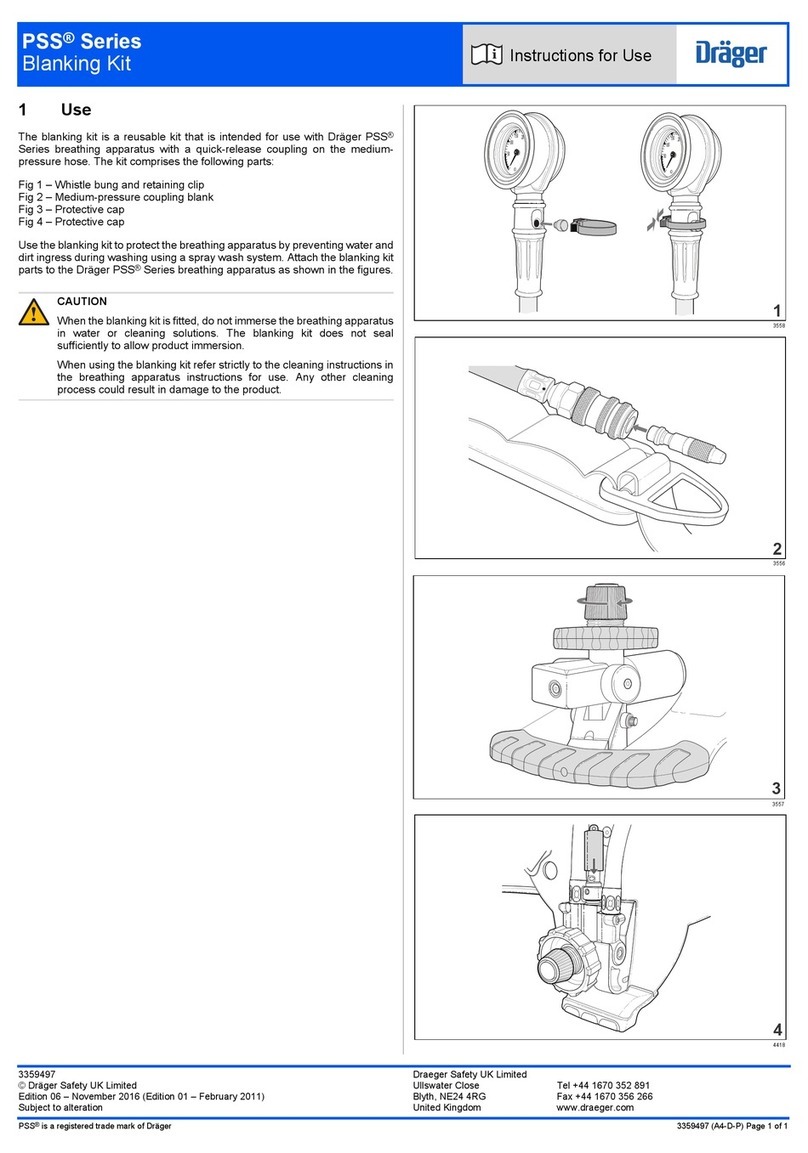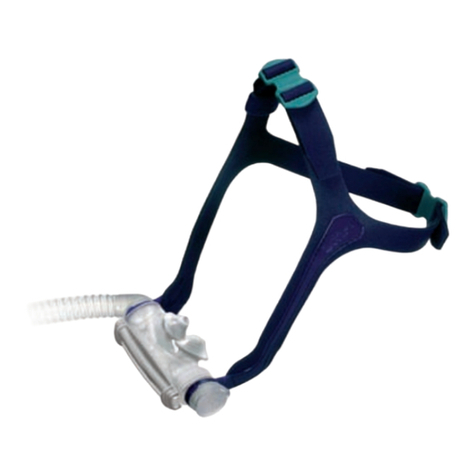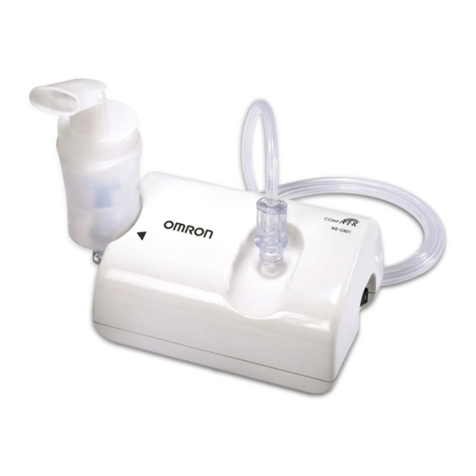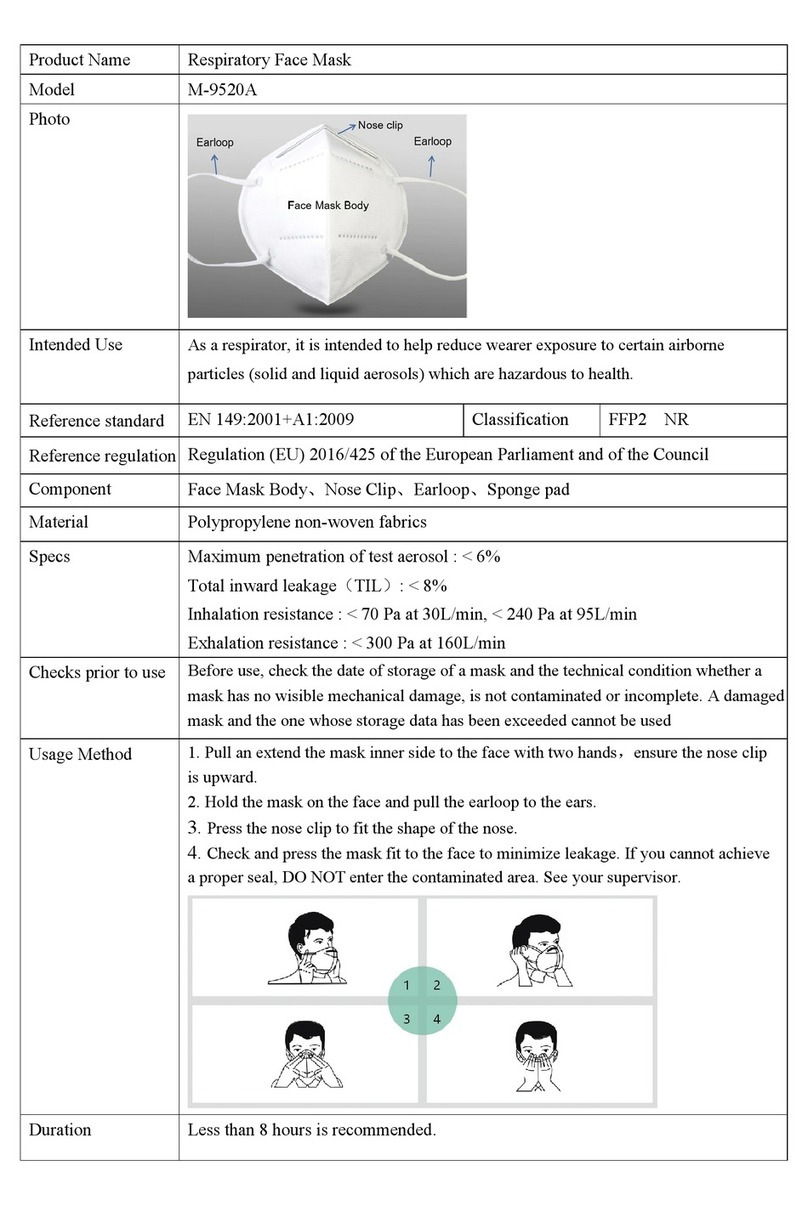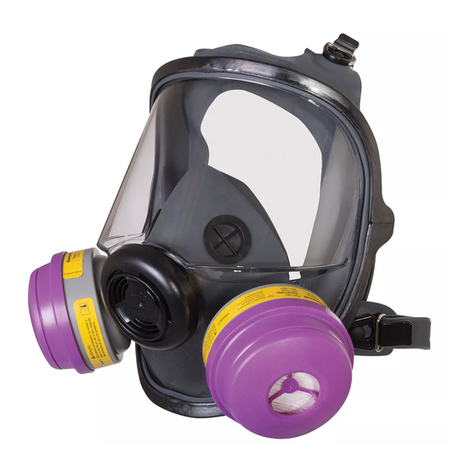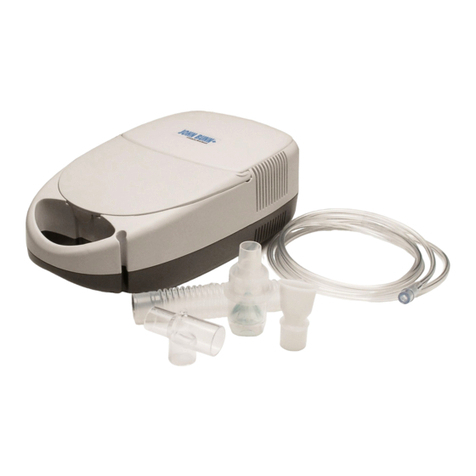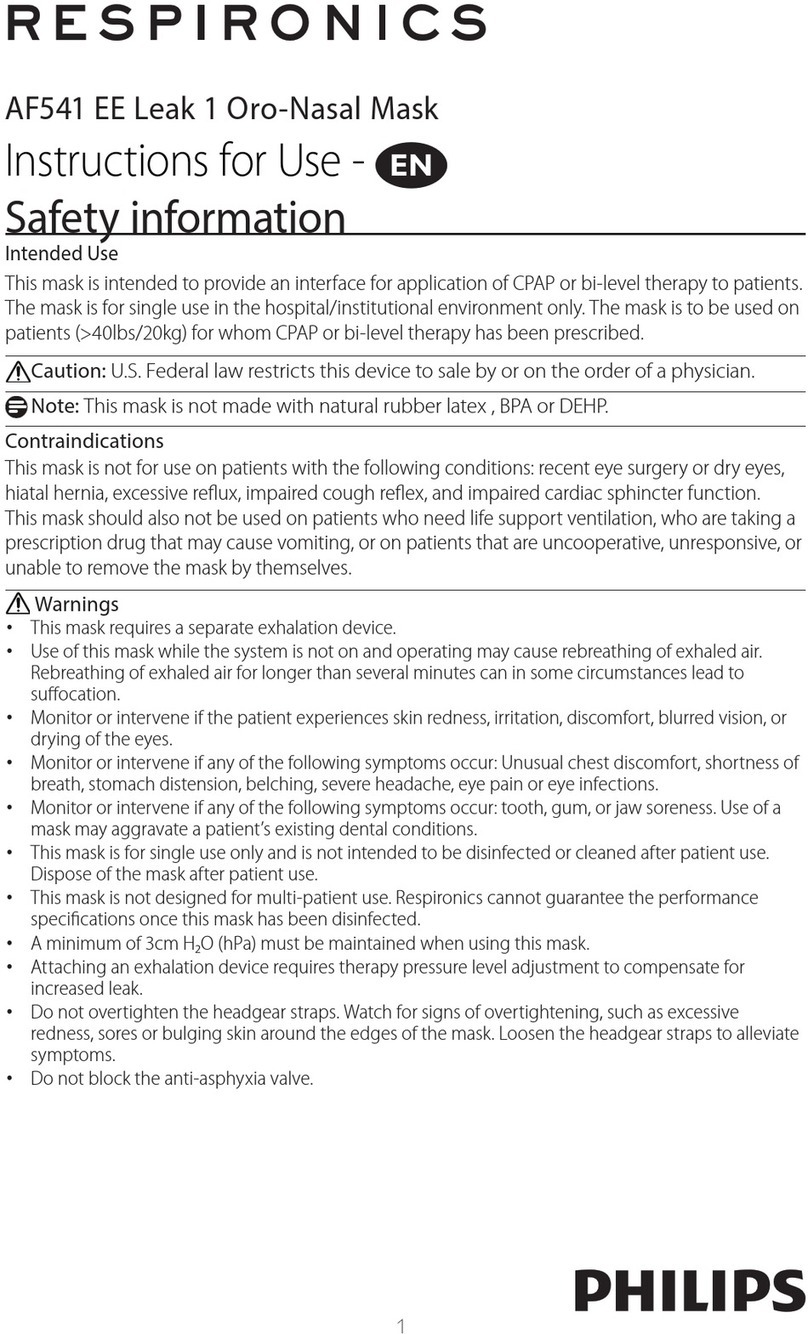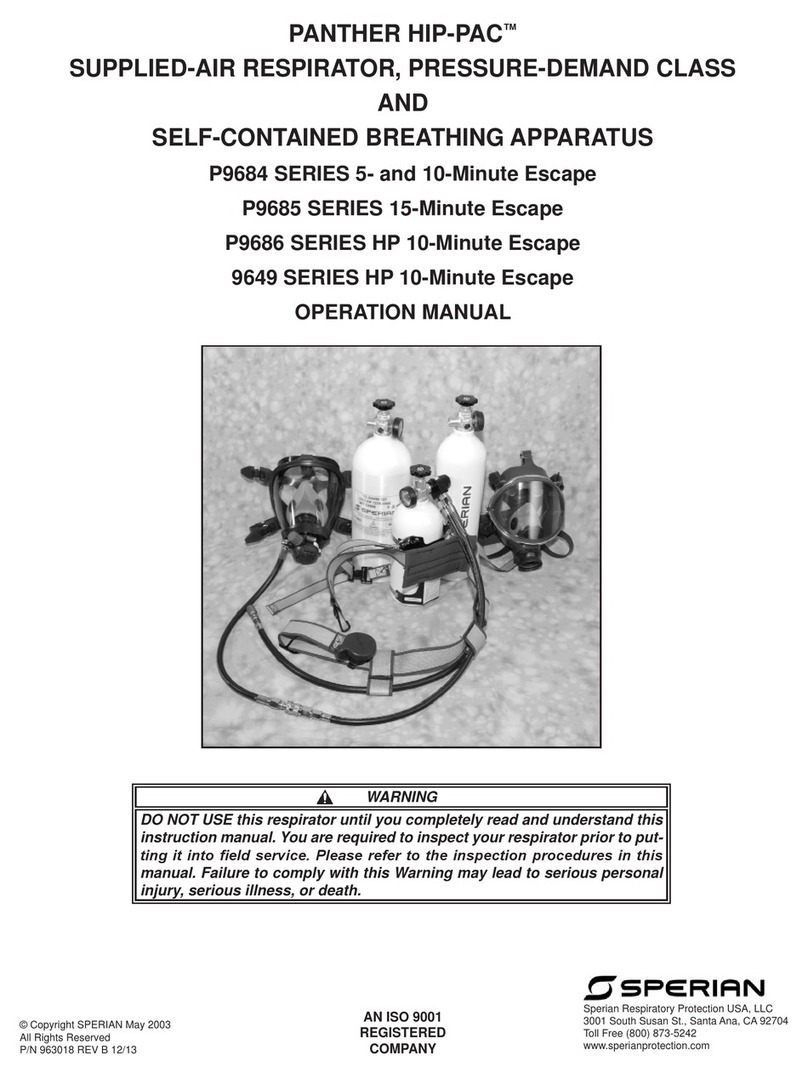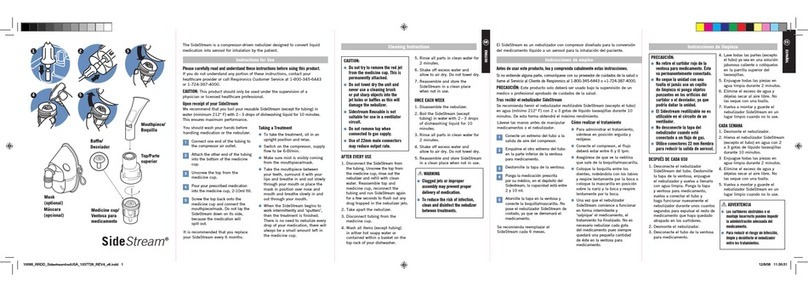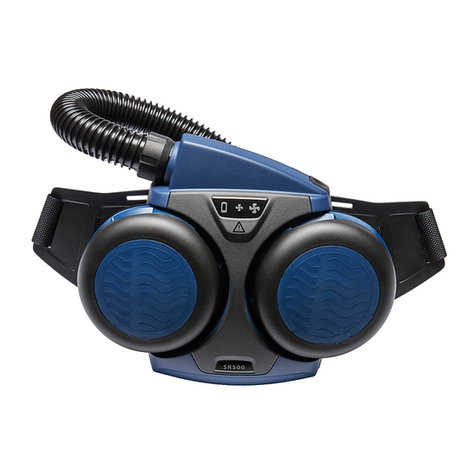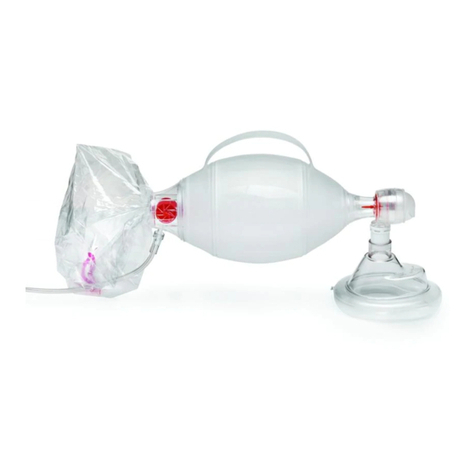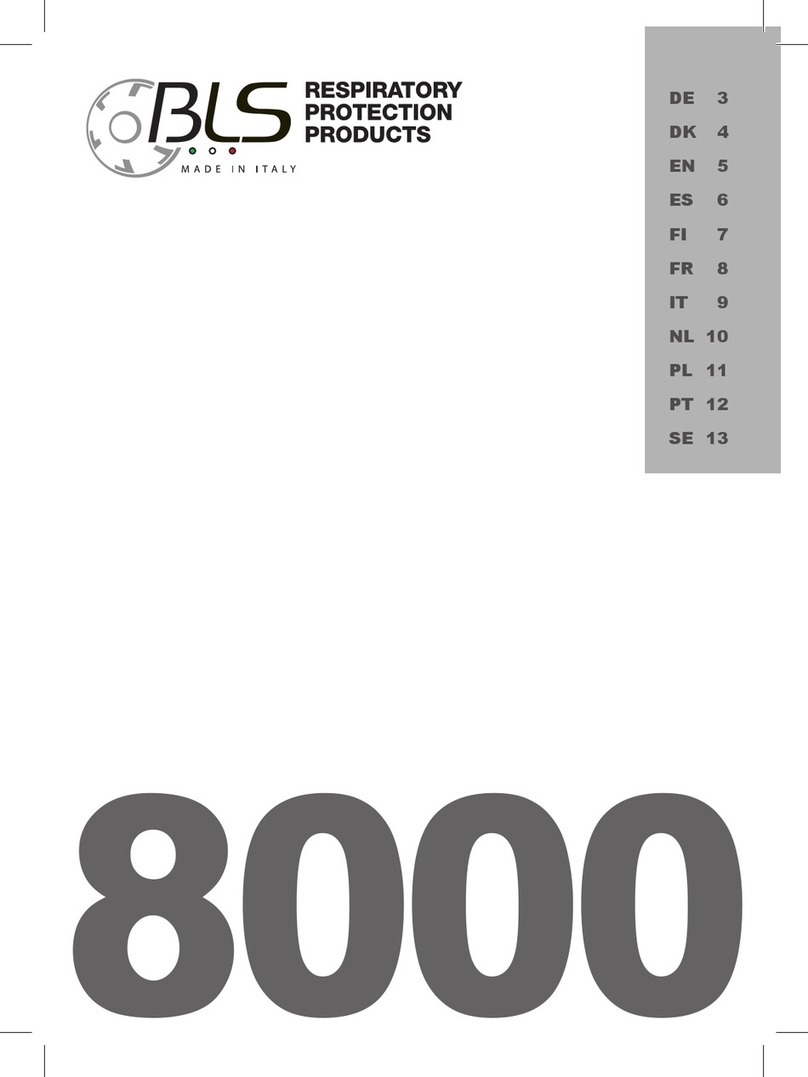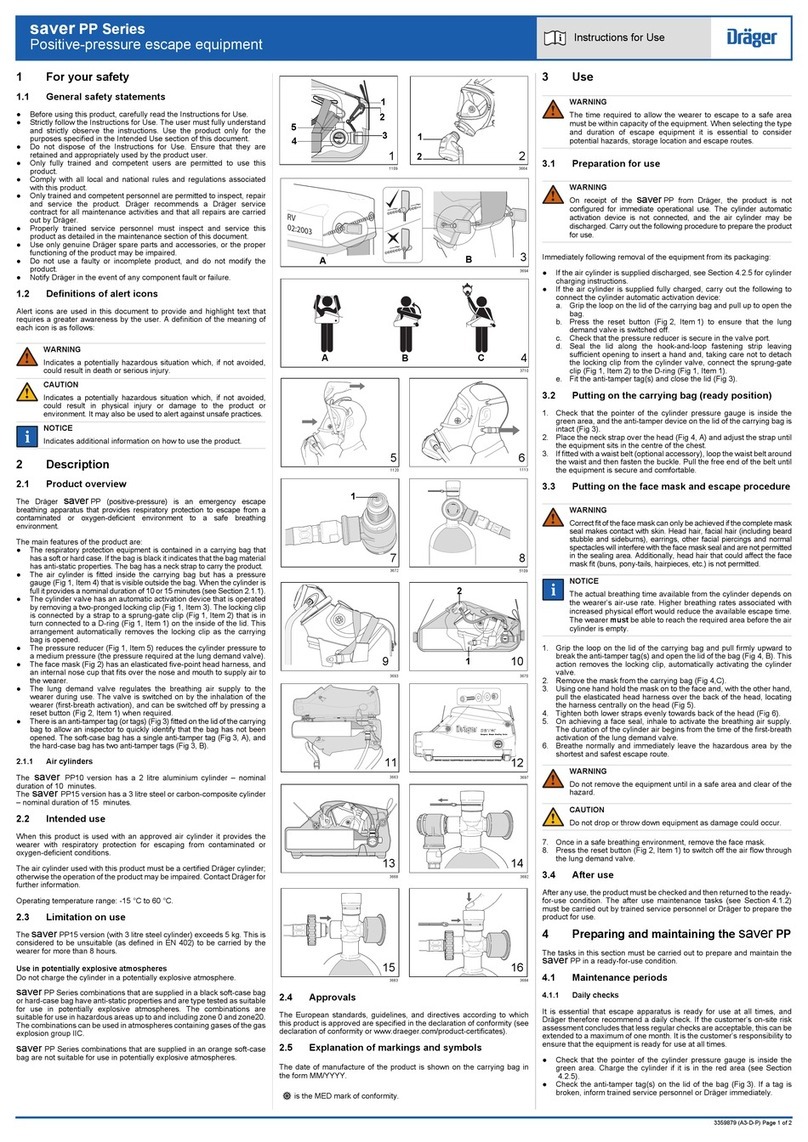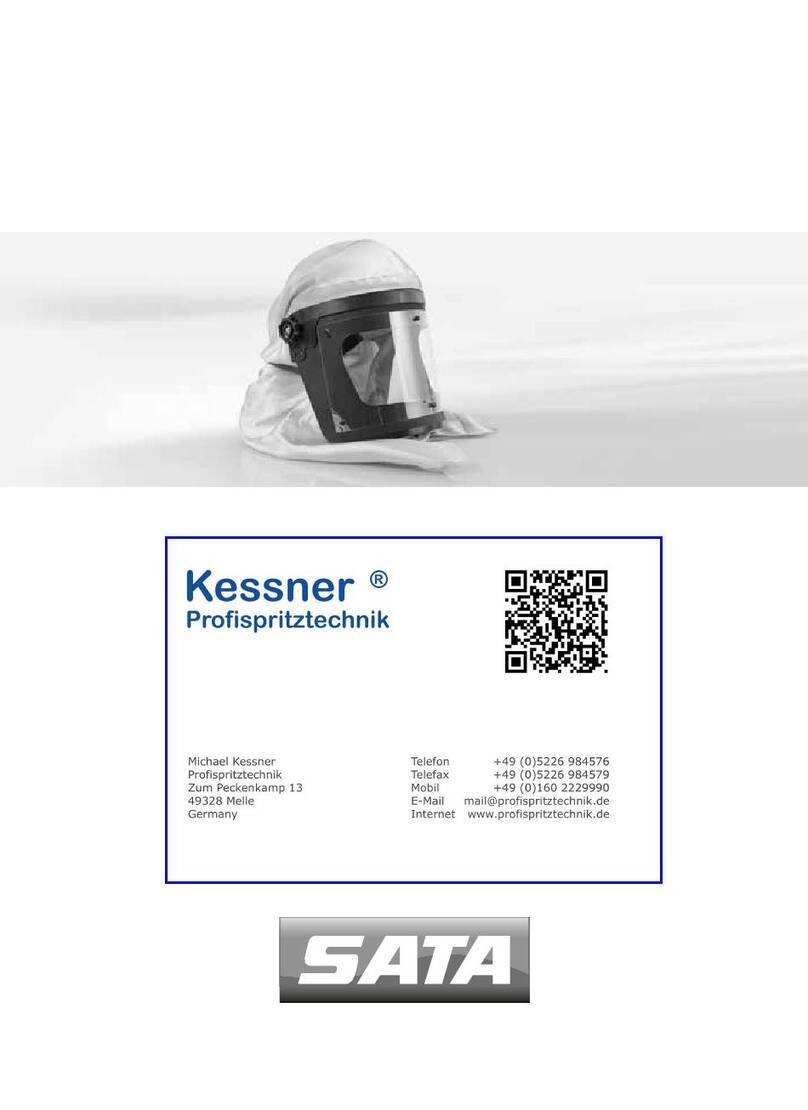
1
(Français)
FR
W MISE EN GARDE
Ce respirateur protège contre certaines particules. Une mauvaise utilisation peut provoquer des problèmes de santé ou la mort. Pour
tout renseignement sur l’utilisation adéquate de ce produit, consulter son superviseur, lire les directives d’utilisation ou communiquer avec
3M, aux États-Unis, au 1 800 243-3941 et au Canada, communiquer avec le Service technique de 3M au 1 800 267-4414.
REMARQUE IMPORTANTE :
Avant d’utiliser ce produit, l’utilisateur doit lire et comprendre ces directives d’utilisation. Conservez ces directives d’utilisation aux ns de référence
Utiliser pour
Les particules dégagées pendant le meulage, le ponçage, le balayage, le sciage, l’ensachage ou le traitement des minéraux, du charbon, du minerai de
fer, de la farine, du métal, du bois, du pollen et de certaines autres substances. Les particules liquides ou exemptes d’huile provenant d’aérosols, mais
ne dégageant pas d’huile ou de vapeurs. Suivre les réglementations locales applicables. Pour obtenir de plus amples renseignements sur les utilisations
recommandées par 3M pour ce type de respirateur, consulter le Guide de sélection des respirateurs de 3M qui se trouve sur le site Web de la Division des
produits de protection individuelle de 3M à l’adresse suivante : www.3M.com/respiratorselector ou appeler le 1 800 243-4630 aux États-Unis Au Canada,
appeler le 1 800 267-4414.
Utilisations déconseillées
Ne pas utiliser pour les gaz, les vapeurs, les aérosols à base d’huile, l’amiante ou le décapage au jet de sable, les concentrations de particules 10 fois
supérieures à la limite d’exposition admissible en milieu de travail ou aux limites applicables établies par le gouvernement, selon la valeur la moins élevée.
Aux États-Unis, ne pas utiliser lorsque l’Occupational Safety and Health Administration (OSHA) américaine a des normes concernant des substances
précises, comme celles concernant l’arsenic, le cadmium, le plomb dans l’industrie de la construction ou le diamino-4,4’ diphénylméthane (MDA),
recommandent d’autres types de protection respiratoire. Ce respirateur ne fournit pas d’oxygène.
Particules biologiques
Ce respirateur peut réduire l’exposition par inhalation à certaines particules biologiques en suspension dans l’air (p. ex., moisissures, bacille
du charbon, bacille de Koch, etc.), mais il n’élimine pas le risque de contracter une infection ou une maladie. L’OSHA et d’autres agences
gouvernementales n’ont pas établi de limites d’exposition sécuritaires pour ces contaminants.
Directives d’utilisation
1. Tout manquement aux directives et aux restrictions relatives à l’utilisation de ce respirateur pendant la durée complète de l’exposition peut en diminuer
l’efcacité et provoquer des problèmes de santé ou la mort.
2. Aux États-Unis, avant d’utiliser ce respirateur en milieu professionnel, mettre sur pied un programme de protection respiratoire écrit, conforme au
règlement 29 CFR 1910.134 de l’OSHA, en matière de formation, d’essai d’ajustement et d’évaluation médicale par exemple, et aux normes de l’OSHA
relatives aux substances. Au Canada, se conformer à la norme Z94.4 de la CSA et/ou aux exigences de l’autorité compétente de sa région, le cas
échéant. Suivre tous les règlements locaux applicables.
3. Les particules jugées dangereuses pour la santé englobent celles qui sont trop petites pour être visibles à l’oeil nu.
4. Quitter immédiatement la zone contaminée et communiquer avec son superviseur si des étourdissements, une irritation ou tout autre malaise se
manifestent.
5. Entre chaque utilisation, entreposer le respirateur hors des zones contaminées
6. Inspecter le respirateur avant chaque utilisation pour s’assurer qu’il est en bon état. Examiner toutes les pièces du respirateur pour détecter des
signes de dommages, y compris les deux courroies de tête, les attaches, la pince nasale et la bande nasale en mousse. Jeter immédiatement le
respirateur s’il est endommagé ou s’il manque des pièces. Les masques ltrants doivent être examinés avant chaque utilisation pour s’assurer
qu’il n’y a pas de trous ni de dommages dans la zone respiratoire, autres que les perforations au niveau des attaches. On entend par dommages,
les grands trous résultant de matériau déchiré ou fendu au niveau des attaches. Remplacer immédiatement le respirateur s’il est endommagé. Les
perforations des attaches n’annulent pas l’homologation NIOSH (pour le modèle 8110S seulement).
7. Avant l’utilisation, toujours inspecter le produit et vérier l’ajustement comme le recommandent la section des directives d’ajustement. Si l’ajustement
n’est pas étanche, ne pas utiliser le respirateur.
8. Mettre les produits usés au rebut conformément aux règlements applicables.
Limites d’utilisation
1. Ce respirateur ne fournit pas d’oxygène. Ne pas utiliser lorsque la concentration ambiante en oxygène est inférieure à 19,5%.
2. Ne pas utiliser si les concentrations des contaminants présentent un danger immédiat pour la vie ou la santé, si elles sont inconnues ou si elles sont
supérieures à 10 fois la limite d’exposition admissible, aux normes spéciques de l’OSHA ou aux règlements gouvernementaux applicables, selon la
valeur la moins élevée.
Respirateur N95 contre les particules
3
Directives d’utilisation
8210Plus/8210PlusMX/
8210/8210MX/07048/8110S
